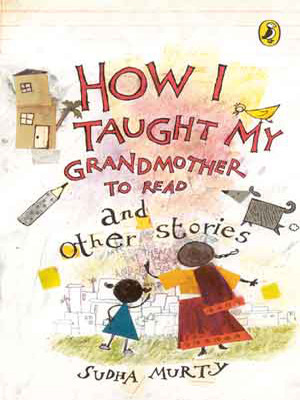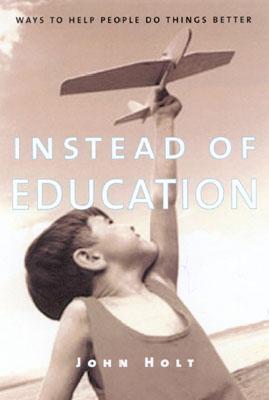
Letters from a Father to his Daughter
Book Description
A father’s love transcends time and space in this heartfelt collection of letters that weave together wisdom, hope, and reflection. Jawaharlal Nehru pens poignant insights, addressing the complexities of life, freedom, and the weight of responsibility with tangible tenderness. Each letter is a captivating blend of personal revelations and profound philosophical musings, inviting readers to witness a profound bond that defies generations. As the world outside shifts and changes, these intimate exchanges reveal universal truths and inspire the reader to contemplate their own journey. What enduring lessons lie within a father’s words for a daughter he longs to guide?
Quick Book Summary
"Letters from a Father to his Daughter" is a cherished collection of thirty letters written by Jawaharlal Nehru to his young daughter, Indira Gandhi, in 1928. While separated by distance, Nehru imparts not only parental warmth but also a sweeping introduction to the story of the world, nature, civilization, and India’s place within it. With clarity and affection, he underscores the importance of curiosity, scientific temper, and an ethical approach to life. The book gently explores themes of freedom, human progress, history, and personal responsibility. Through his engaging narrative, Nehru aims to nurture his daughter's intellect and character, while inviting all young readers to contemplate their roles within the wider tapestry of history and humanity.
Summary of Key Ideas
Table of Contents
Curiosity and the Joy of Learning
Jawaharlal Nehru composed these letters to his daughter Indira when she was away at boarding school and only ten years old. His primary intent was to satisfy her curiosity and to encourage a life-long love for learning. Nehru emphasizes the importance of questioning, exploring, and maintaining a sense of wonder about the world. His approach to teaching is gentle and supportive, addressing expansive topics with simplicity so young minds can grasp them while feeling the warmth of a father’s care.
Understanding History and Civilization
The narrative gracefully introduces the vast span of human history, explaining the evolution of civilizations, cultures, and societies. Nehru interprets history not as a dry chronology of events, but as the dynamic story of people, their interactions, and struggles. He highlights how civilizations have shaped, and been shaped by, both natural surroundings and human values. These discussions invite readers to appreciate the interconnectedness of all people and the continuous thread of human progress.
The Value of Freedom and Responsibility
Throughout the letters, freedom is woven as a central theme—not just in its political sense, but as the freedom to think, explore ideas, and act with responsibility. Nehru shares his yearning for India’s self-determination while imparting to Indira a sense of duty to use knowledge and intellect for the betterment of society. The balance between liberty and responsibility emerges as a guiding lesson, encouraging thoughtful, ethical engagement with the world.
Nature and Our Connection to the World
Nature’s majesty and complexity is another recurring focus. Nehru encourages Indira to observe the sciences—plants, animals, the stars, and natural phenomena—with a critical eye, fostering a scientific temper and reverence for the environment. He believes understanding and respecting nature deepens one’s connection to the earth and enhances the joy of discovery, much needed in a modernizing world.
Moral Integrity and Human Progress
Finally, Nehru’s letters champion values of integrity, kindness, and perseverance, sharing personal convictions drawn from his own intellectual and moral journey. He reminds Indira that character matters as much as knowledge and urges her always to seek truth, embrace empathy, and contribute positively to humanity. These enduring messages of hope, courage, and ethical living are the true heart of the collection.
Download This Summary
Get a free PDF of this summary instantly — no email required.





